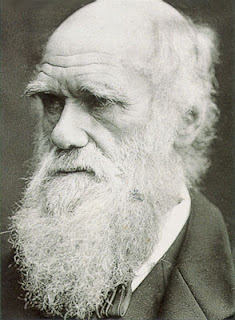Now more and more overweight people around the world, What causes more and more people are overweight? Somebody say Eating Disorders. Introduced the mean about Eating Disorders, An eating disorder is an illness that causes serious disturbances to your everyday diet, such as eating extremely small amounts of food or severely overeating. A person with an eating disorder may have started out just eating smaller or larger amounts of food, but at some point, the urge to eat less or more spiraled out of control.
Eating Disorders mainly in anorexia and Bulimia. Eating Disorders hasseriously jeopardized the safety of human life. Need people to rise to a high degree of attention








